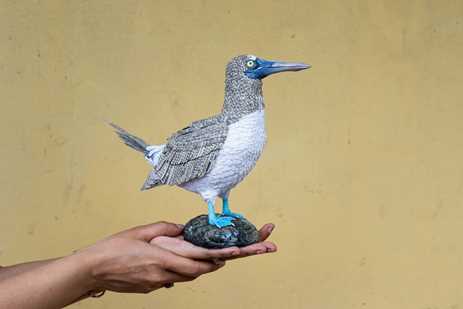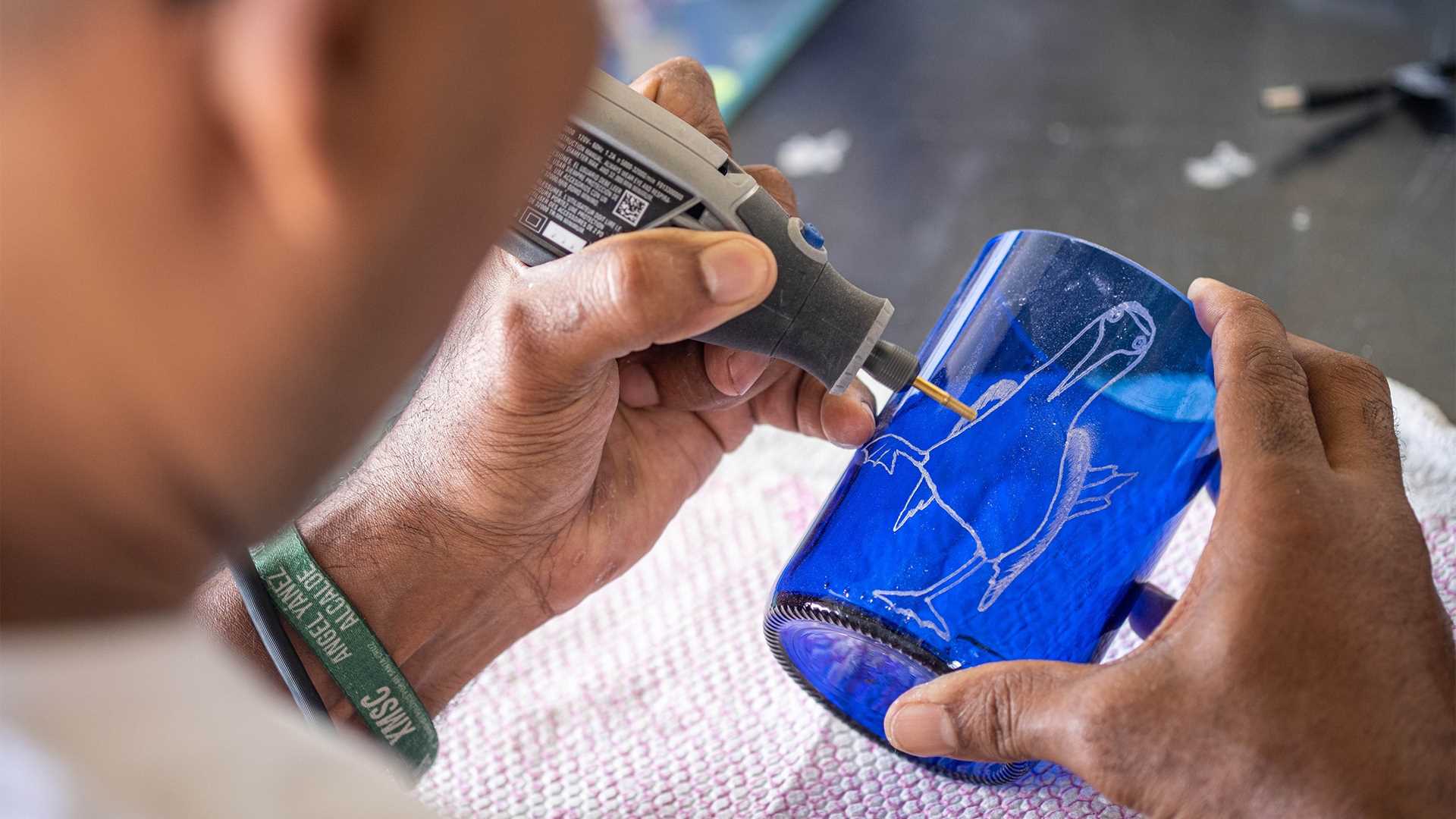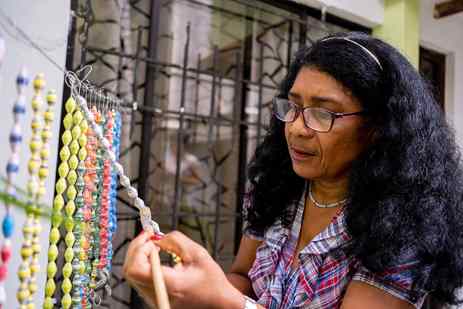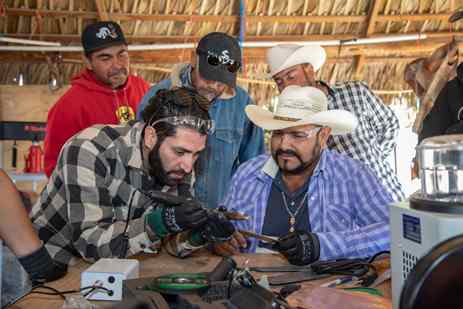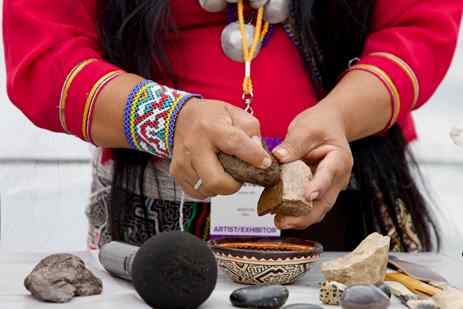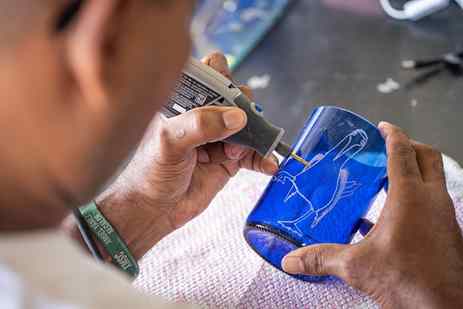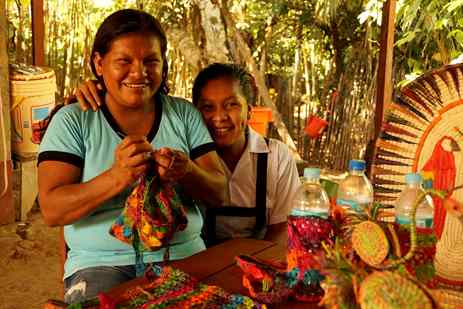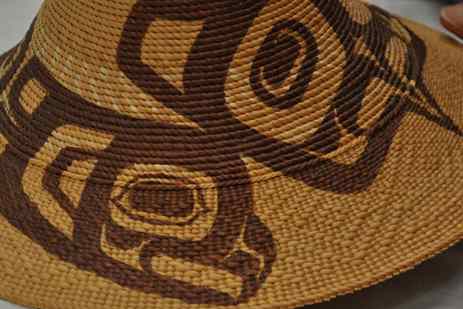Artisans in the Galápagos are transforming paper waste into beautiful beaded jewelry—with support from the Artisan Fund. In 2011, the Artisan Fund invited Ugandan bead-maker Sarah Akot to host the first of several “paper to pearls” workshops for local residents in Galápagos. Today, artisans like Daysi Patiño of Puerto Ayora, Santa Cruz (pictured), continue to pass on the skills they learned, fostering an ongoing, decade-long legacy of sustainable handcraft development.
Launched in 2007, the Artisan Fund positively affects the communities where National Geographic-Lindblad Expeditions explores by supporting and empowering local artisans.
Guests can find a robust selection of handmade goods for purchase in the fleet’s shipboard Global Galleries and Markets—from beaded jewelry to woven baskets. A portion of all sales are earmarked for the Fund, which goes towards artisan training programs, workspaces and equipment, and other educational projects, creating a renewable cycle of support. Purchasing these items allows you to connect more deeply with the people and places you’re visiting while also making a difference in an artisan’s life.
Empowering Artisans Around the World
Expedition Spotlight: The Greenlandic Sheep Wool Project
The Greenlandic Sheep Wool Project is the very first project in the Arctic sponsored by the Artisan Fund aboard the National Geographic-Lindblad Expeditions fleet. Working with local educator and artisan, Ellen Frederiksen, whose husband is a descendent of Greenland’s first sheep farmer, this initiative provided critical equipment to help the people of Qassiarsuk process wool, train artisans, and create blankets, mittens, yarn and more to sell to both visitors and locals.
In this episode of "Expedition Spotlight," learn more about the storied sheep-farming settlement of Qassiarsuk and how the Artisan Fund is helping to empower and uplift this remote community.
Artisan Fund Spotlight: The Paper Birds Project in Galápagos
In 2025, the Artisan Fund hosted Indian artist Niharika Rajput in Galápagos to facilitate a hands-on workshop for 12 local artisans. Renowned for crafting detailed, realistic bird sculptures from paper, Niharika shared her knowledge and skills over five days, guiding everyone through the step-by-step process of building blue-footed booby sculptures from wastepaper, wire and clay.
The Paper Bird Workshop provided these artisans with the skills and tools to expand their product lines while growing the Artisan Fund’s Adaptive Reuse projects in the archipelago. Much like the paper-to-pearls workshop, projects like this continue the legacy of keeping waste out of landfills and offering important skill development that can lead to a livelihood for local families.
Read More